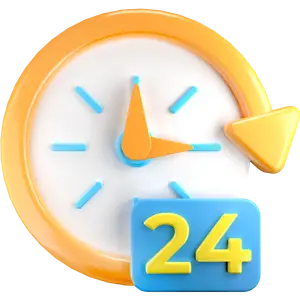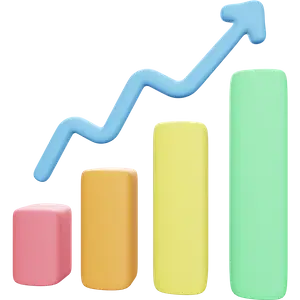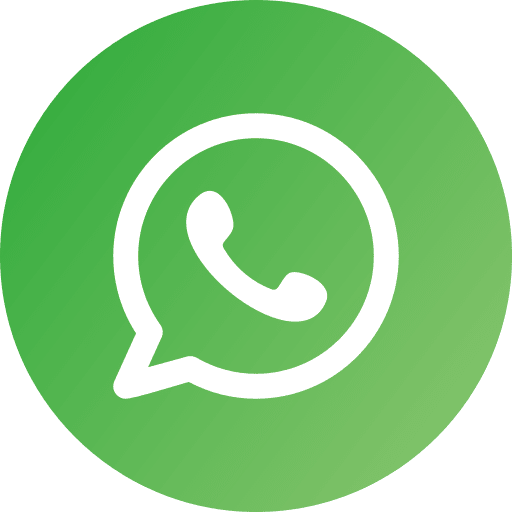BIS Certification for PLASMA /LCD /LED Televisions IS 13252 (Part 1): 2010

Product Description
PLASMA/LCD/LED
televisions with screen sizes of 32 inches and above are cutting-edge devices
designed for high-quality visual performance, fully compliant with IS 13252
(Part 1): 2010 standards set by the Bureau of Indian Standards (BIS). With
advanced display technologies, these televisions deliver vibrant colors and
exceptional clarity, making them an essential addition to homes and businesses.
User-friendly interfaces ensure ease of use, allowing viewers to enjoy content with minimal setup. Built with robust safety features, these televisions protect against electrical hazards, ensuring reliable performance in any environment. Additionally, the devices seamlessly integrate with existing home entertainment systems, enhancing the overall viewing experience. Their versatility makes them suitable for various applications, from gaming to streaming, and they are designed to optimize energy efficiency, making them a valuable asset for consumers looking to enhance their entertainment options.
Introduction to CRS Certification for
PLASMA/LCD/LED Televisions IS 13252(Part 1):2010
CRS
(Compulsory Registration Scheme) certification for PLASMA/LCD/LED televisions
is mandatory in India, ensuring compliance with safety and performance
standards set by the Bureau of Indian Standards (BIS). This certification
promotes consumer safety and confidence in technology products.
The
certification process involves rigorous evaluation of technical specifications
and electrical safety. By obtaining CRS certification, manufacturers demonstrate
their commitment to high-quality, reliable products that meet national
regulations. This certification enhances product credibility and market access,
assuring consumers of the equipment's safety and performance.
Why is CRS Certification Necessary for
PLASMA/LCD/LED Televisions?
CRS (Compulsory Registration Scheme)
certification is essential for PLASMA, LCD, and LED televisions for several
important reasons. Firstly, it ensures compliance with critical safety
standards, protecting users from potential hazards such as electrical shocks
and fires. Additionally, the certification verifies that televisions operate
efficiently and reliably, adhering to necessary technical specifications and
performance benchmarks. This not only instills consumer confidence by assuring
them that the products are safe and meet regulatory requirements but also aids
manufacturers in achieving legal compliance. Obtaining CRS certification is
crucial for facilitating smoother entry into the Indian market and enhancing
competitiveness. Overall, CRS certification helps manufacturers align with
national regulations while promoting the safety and reliability of PLASMA, LCD,
and LED televisions.
Overview of Indian Standard IS 13252(Part 1):2010
for PLASMA/LCD/LED Televisions
Indian Standard
IS 13252(Part 1):2010 outlines essential safety and performance criteria for
PLASMA/LCD/LED televisions. It ensures that these devices operate efficiently
while minimizing electrical safety risks, such as electric shock and
overheating. The standard includes specifications for electrical safety,
performance requirements, and testing procedures. By complying with IS
13252(Part 1):2010, manufacturers demonstrate their commitment to quality and
safety, enhancing product credibility and facilitating regulatory compliance.
This standard is crucial for promoting the safe and effective use of
PLASMA/LCD/LED televisions across various sectors.
Tests Performed
For CRS
certification of PLASMA/LCD/LED televisions, the following tests are conducted:
1. Electrical Safety Tests: Assessing the risk of electric shock and ensuring
insulation resistance meets safety standards.
2. Performance Testing: Evaluating display quality, including color accuracy, contrast ratio,
and response times.
3. Thermal Tests:
Measuring the television’s ability to manage heat during prolonged use to
prevent overheating and ensure reliable performance.
4. Load Testing:
Determining the television's performance under different load conditions to
ensure stability and efficiency.
5. Environmental Testing: Assessing the television’s durability under
varying temperature and humidity conditions to ensure it operates effectively
in diverse environments.
6. EMC Testing: Evaluating electromagnetic compatibility to ensure the television does not interfere with other devices and operates safely within regulatory limits.
Process of CRS Certification
Obtaining
CRS certification involves the following steps:
1.
User ID:
o Before applying for CRS
certification, the manufacturer or applicant needs to register on the BIS
portal to obtain a User ID. This ID is necessary for filing applications and
managing the certification process.
2.
Testing the Product:
o The product to be certified must
be tested by a BIS-recognized lab. The testing is done according to the relevant
Indian standards. A test report is issued, which is essential for further steps
in the CRS process.
3.
File:
o After the product is tested, the
applicant prepares a file (documentation), which includes the test report,
product specifications, and other necessary information. This file is submitted
as part of the certification application.
4.
Manufacturer and Importer:
o Once the file is ready, the
manufacturer or applicant submits an application for a license to BIS,
including all required documents and the product test report. The application
fee is also paid at this stage.
5.
License Granted:
o If BIS is satisfied with the test
report and the application file, and all criteria are met, a license is
granted. This license allows the manufacturer to affix the BIS CRS mark on the
product, indicating compliance with the relevant Indian standards.
Documents Required for CRS Certification
To obtain BIS Certification under the Compulsory Registration Scheme (CRS) for electronic and IT products, manufacturers must submit a comprehensive set of documents. Here is a list of the essential documents required.
| Documents Required for Indian Manufacturer | Documents Required for Foreign Manufacturer |
|---|---|
| Trademark Certificate of Company | Business Licence of Manufacturer |
| GST Certificate of Company | Trademark Certificate of Company |
| Application form | Application form |
| Model no. of Products | Model No. of Products |
| Critical Component List (CCL) | Critical Component List (CCL) |
| KYC Documents of Authorized Representative (Pan card, Adhar card, Mobile No., Email Id,) | Documents required from AIR (All India Representative) side 1. GST Certificate of company 2. KYC Documents of Authorized AIR (Pan card, Adhar card, Mobile No., Email Id,) |
Conclusion
Obtaining CRS certification for PLASMA, LCD, and LED
televisions is vital for ensuring safety, performance, and consumer confidence
in the marketplace. Navigating the complexities of BIS Registration can be
challenging, but with the expert guidance of EVTL India, manufacturers can
achieve compliance with ease and confidence. Our comprehensive support services
are designed to help you meet stringent Indian standards, enhancing market
credibility and regulatory compliance. With years of experience in
environmental laws and EPR compliance, EVTL India specializes in streamlining
the BIS registration process, from document preparation to coordination with
recognized laboratories. Our dedicated team manages the entire application
submission through the BIS portal and provides continuous support to ensure a
smooth process. Post-registration, we also assist manufacturers in marking
their products with the Standard Mark and unique registration number, ensuring
full compliance with BIS standards. Partner with EVTL India to secure a
competitive edge in the television market while prioritizing safety and
reliability
Free Call Back
Latest News & Update
🚀 Breaking News: New software update available for all users!
💡 Latest Feature: Introducing AI-powered automation tools.
📅 Upcoming Event: Join us for the webinar on September 30th.
🕒 Support Hours: Expanded customer support hours next week.
⚙️ Tech Tip: Learn how to maximize productivity with our latest tools.























